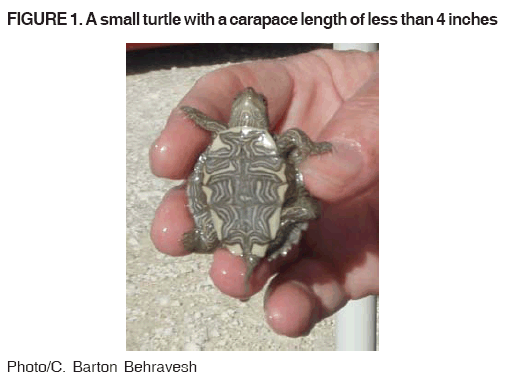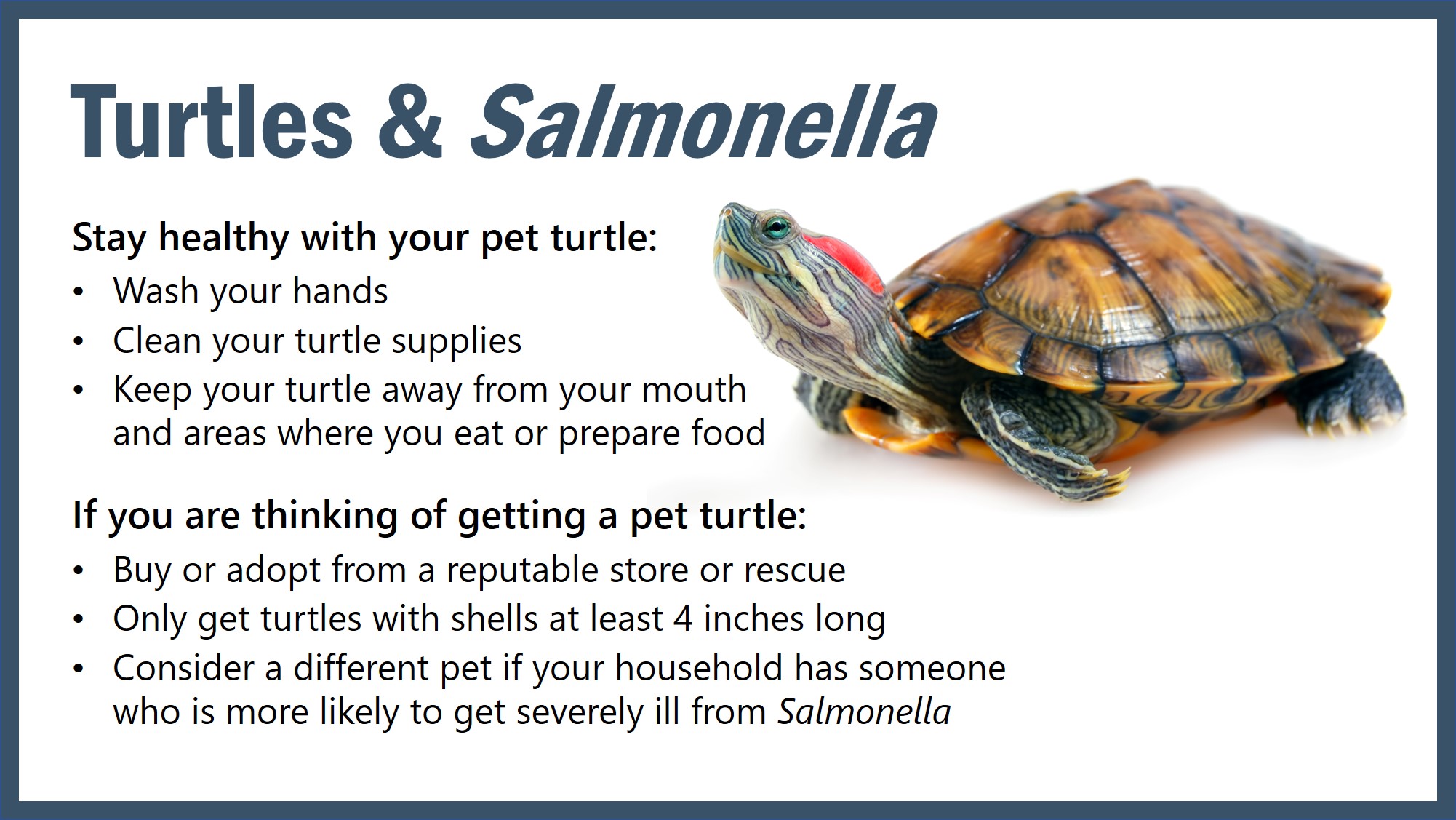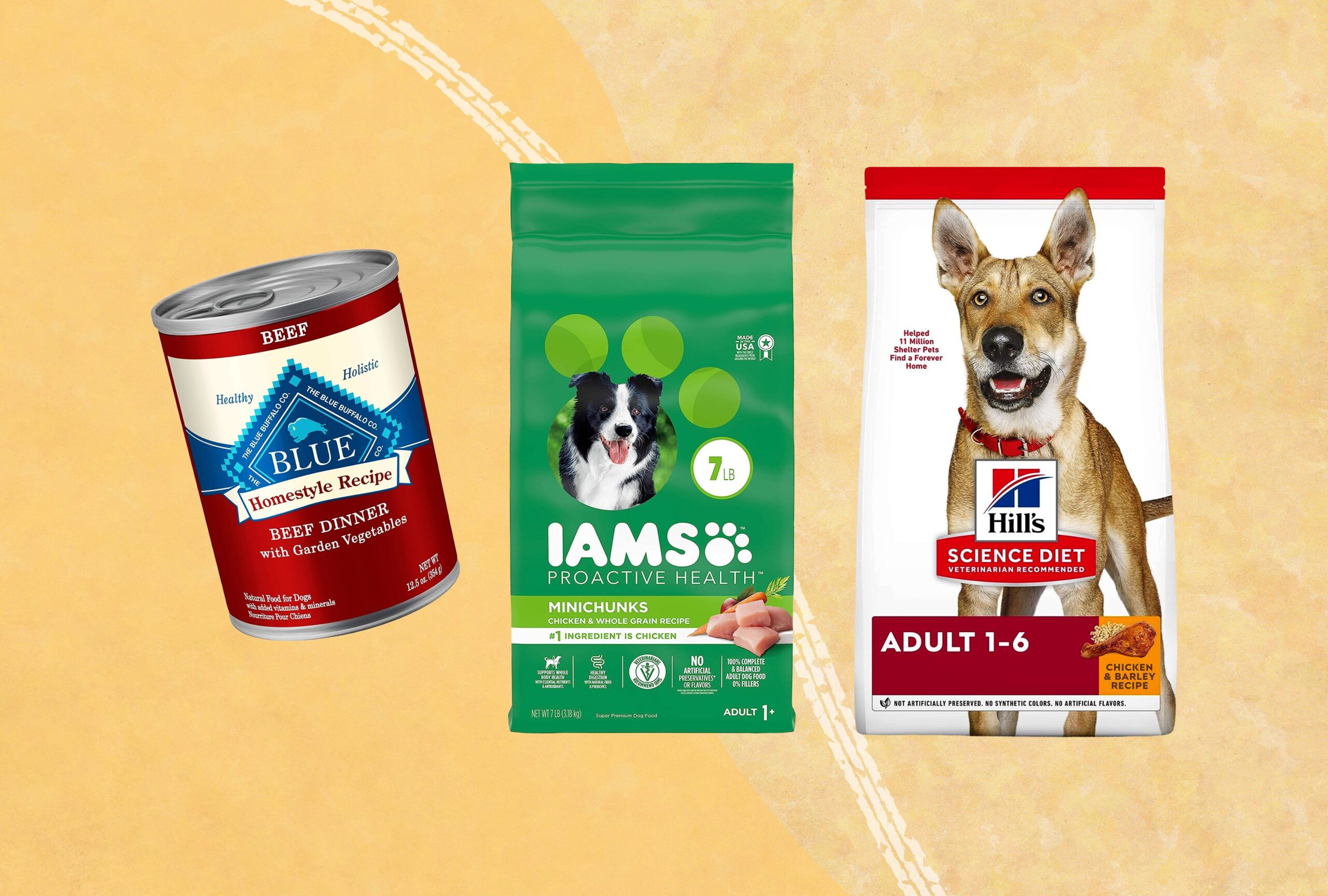You can’t tell if your turtle has salmonella just by looking at it. Testing is the only way to know for sure.
Turtles are popular pets but can carry salmonella, a bacteria that causes illness in humans. Salmonella can be present in turtles without showing any signs. This makes it essential to handle turtles with care to prevent infection. Regular hand washing after handling turtles or their habitat is crucial.
Always supervise children when they interact with turtles to ensure they follow hygiene practices. Avoid letting turtles roam in areas where food is prepared. By following these precautions, you can enjoy your pet turtle while minimizing the risk of salmonella infection. Regular veterinary check-ups can also help ensure your turtle’s health.
Introduction To Salmonella In Turtles
Many turtle owners worry about Salmonella. It’s a bacteria that can make humans sick. Knowing the risks and signs is essential for keeping your family safe.
The Hidden Risks Of Reptile Pets
Reptile pets, like turtles, can carry Salmonella. The bacteria live in their intestines and can spread to their shells. Even healthy turtles can carry this bacteria.
Salmonella can cause serious illness in humans. Young children, the elderly, and people with weak immune systems are at higher risk. It’s important to handle turtles with care.
Salmonella: A Common Concern For Turtle Owners
Salmonella is a common problem for turtle owners. It spreads through contact with turtle feces. Even touching a turtle’s shell can spread bacteria.
Symptoms of Salmonella in humans include stomach pain, diarrhea, and fever. These symptoms can appear 6 to 72 hours after contact. Always wash your hands after handling your turtle.
| Signs of Salmonella | Actions to Take |
|---|---|
| Stomach Pain | Seek medical advice |
| Diarrhea | Stay hydrated |
| Fever | Monitor and rest |
Prevention is key. Always wash your hands after touching your turtle. Keep their habitat clean and avoid kissing or snuggling your turtle.

Identifying Salmonella In Turtles
Identifying Salmonella in turtles is vital for pet owners. Turtles can carry Salmonella without showing symptoms. Knowing the signs helps protect your family and other pets.
Symptoms To Watch For In Your Pet
Turtles with Salmonella may show physical symptoms. These signs can include:
- Diarrhea or loose stools
- Lethargy or inactivity
- Loss of appetite
- Vomiting
- Shell abnormalities
Diarrhea is a common symptom. It can lead to dehydration. Lethargy indicates your turtle is not feeling well. Loss of appetite can result in weight loss.
Behavioral Changes Signifying Illness
Behavioral changes can also signal Salmonella. Watch for:
- Less interaction with people or other pets
- Hiding more than usual
- Unusual aggression
If your turtle hides more, it may feel unwell. Unusual aggression can be a stress response.
Use these signs to monitor your pet’s health. Early detection is key.
Transmission Of Salmonella
Salmonella is a common bacterium found in turtles. It can easily spread from turtles to humans. Understanding how this transmission occurs is crucial to prevent infection.
How Turtles Contract And Spread Salmonella
Turtles can contract Salmonella through various sources. These include contaminated water, food, and their environment. Turtles often live in environments that harbor Salmonella bacteria.
- Contaminated water sources
- Unclean tanks or habitats
- Contact with other infected turtles
Once infected, turtles can spread Salmonella through their feces. The bacteria can contaminate their shells, skin, and living spaces. This contamination makes it easy for humans to come into contact with Salmonella.
Risks To Humans From Turtle-borne Salmonella
Humans can contract Salmonella through direct or indirect contact with turtles. This includes touching the turtle or its habitat. Young children, the elderly, and those with weakened immune systems are at higher risk.
| Risk Factor | Details |
|---|---|
| Direct Contact | Handling turtles or cleaning their tanks |
| Indirect Contact | Touching contaminated surfaces or objects |
Symptoms of Salmonella infection in humans can include:
- Diarrhea
- Fever
- Abdominal cramps
Practicing good hygiene can reduce the risk of Salmonella infection. Always wash your hands after handling turtles or cleaning their habitats.
:strip_icc()/pet-toitle-143453810-resized-56a2bd073df78cf7727962a6.jpg)
Diagnosing Salmonella In Turtles
Wondering if your turtle has salmonella? Diagnosing this infection is crucial. Salmonella can transfer from turtles to humans. It can cause severe illness. Knowing the signs is the first step. Consulting a vet is essential for a proper diagnosis.
Veterinary Procedures For Confirming The Bacteria
Veterinarians use several methods to diagnose salmonella. They might start with a physical exam. The vet checks for visible symptoms like lethargy or diarrhea. They will also take samples for lab tests.
The vet collects samples of the turtle’s feces. They send these samples to a lab. The lab tests identify the presence of salmonella bacteria. This process is accurate and reliable.
| Procedure | Description |
|---|---|
| Physical Exam | Check for visible symptoms |
| Fecal Sample Collection | Collect feces for lab testing |
| Lab Testing | Identify bacteria in samples |
Understanding Test Results
Once the lab completes the tests, the results come back to your vet. If salmonella is present, the vet will explain the findings. They will discuss the next steps. Treatment might involve antibiotics or other medications.
Sometimes, the test results might show no salmonella. This means your turtle is free from the bacteria. Regular check-ups are still important to ensure your turtle’s health.
Here are some key points to remember:
- Always consult a vet if you suspect salmonella.
- Lab tests are the most reliable method.
- Understanding the results helps in proper treatment.
By following these steps, you can ensure your turtle stays healthy. Proper diagnosis and treatment are key to preventing the spread of salmonella.
Preventing Salmonella Infection
Turtles can carry Salmonella bacteria, which can be harmful to humans. To keep both you and your turtle safe, follow these steps. Proper hygiene and care are essential. The following tips can help prevent Salmonella infection.
Proper Habitat Cleaning Techniques
Cleaning your turtle’s habitat is crucial. Bacteria can thrive in dirty environments. Use the following steps for effective cleaning:
- Remove your turtle from the tank.
- Dispose of old water and waste.
- Scrub the tank with a solution of water and vinegar.
- Rinse thoroughly to remove all cleaning agents.
- Dry the tank before refilling it with clean water.
- Clean all accessories, such as rocks and filters.
Always wear gloves while cleaning. Wash your hands with soap afterward. This reduces the risk of Salmonella transmission.
The Role Of Diet In Preventing Disease
A balanced diet keeps your turtle healthy and less prone to diseases. Include the following food items in your turtle’s diet:
- Fresh vegetables like lettuce and carrots.
- Protein sources like cooked chicken and fish.
- Commercial turtle pellets for balanced nutrition.
Avoid feeding your turtle raw meat. This can introduce harmful bacteria. Monitor your turtle’s eating habits. A healthy diet supports a strong immune system.
By maintaining a clean habitat and a balanced diet, you help reduce the risk of Salmonella. These practices keep both your turtle and your family safe.
Treating Salmonella In Turtles
Salmonella can affect your pet turtle’s health. It is crucial to treat it promptly. Here, we’ll discuss antibiotic options and care. We’ll also cover recovery monitoring and follow-up steps.
Antibiotic Options And Care
Veterinarians often recommend antibiotics to treat Salmonella in turtles. These antibiotics help kill the bacteria causing the infection. Your vet may suggest specific types based on the severity of the infection.
| Antibiotic | Usage |
|---|---|
| Enrofloxacin | Commonly used for bacterial infections |
| Trimethoprim-Sulfamethoxazole | Effective against various bacterial strains |
Follow your vet’s dosage instructions carefully. This ensures your turtle receives the correct treatment. Also, maintain a clean environment for your turtle. This helps prevent further infections.
Recovery Monitoring And Follow-up
Monitor your turtle closely during recovery. Watch for signs of improvement or any worsening symptoms. Keep a record of your observations.
- Check appetite and eating habits
- Observe energy levels and activity
- Look for any unusual behavior
Schedule follow-up visits with your vet. These visits ensure your turtle is healing properly. Your vet may adjust treatment based on progress.
Keep your turtle’s habitat clean and sanitized. This supports overall health and prevents new infections. Regular cleaning routines are essential.
Salmonella Risks To Turtle Owners
Owning a turtle can be a delightful experience. But, it comes with specific risks. One significant risk is salmonella infection. Turtles can carry salmonella bacteria without showing any signs. This bacteria can easily spread to humans. Knowing the risks helps you stay safe.
Safe Handling Practices
Always wash your hands after touching your turtle. Use soap and warm water. Avoid eating or drinking while handling your turtle. Do not touch your face. Keep your turtle’s habitat clean. Use separate cleaning tools for the habitat.
- Use disposable gloves when cleaning.
- Disinfect surfaces after cleaning.
- Keep turtles away from the kitchen.
Teach children safe handling practices too. Supervise them when they interact with the turtle.
When To Seek Medical Advice
Watch for symptoms of salmonella in humans. Symptoms include:
- Diarrhea
- Fever
- Stomach cramps
If symptoms appear, contact a doctor immediately. Inform the doctor about your turtle. Early treatment can prevent severe illness. Always stay alert to the signs. Protect yourself and your family by following safe practices.
Educating Others About Reptile-borne Illnesses
Understanding how to educate others about reptile-borne illnesses is crucial. Turtles, like many reptiles, can carry Salmonella. This bacteria can cause serious illness in humans. Raising awareness can help keep everyone safe and healthy.
The Importance Of Public Awareness
Public awareness about Salmonella in turtles is vital. Many people don’t know that turtles can carry this bacteria. Educating the public can reduce the risk of infection. It helps protect both humans and turtles.
- Inform friends and family about the risks.
- Share facts on social media.
- Organize community talks and events.
Use simple language to explain the risks. Make sure everyone understands how to handle turtles safely. Encourage regular hand washing after handling reptiles.
Resources For Turtle Owners And Enthusiasts
Turtle owners need reliable resources to stay informed. Access to accurate information can help prevent Salmonella infections. Here are some valuable resources:
| Resource | Description |
|---|---|
| CDC Website | Offers guidelines on reptile handling and Salmonella prevention. |
| Local Vet Clinics | Provide advice on turtle care and health checks. |
| Reptile Enthusiast Forums | Share experiences and tips on safe turtle handling. |
Always seek information from trusted sources. Follow expert advice to ensure your turtle stays healthy. This also helps keep your family safe from Salmonella.

Frequently Asked Questions
How Likely Is It To Get Salmonella From A Turtle?
Turtles can carry Salmonella bacteria. The risk of infection is higher if you handle them improperly. Always wash hands after contact.
How To Get Rid Of Salmonella In Turtles?
To get rid of Salmonella in turtles, keep their habitat clean, wash hands after handling, and consult a vet.
How Do I Know If My Reptile Has Salmonella?
Reptiles with Salmonella often show no symptoms. Watch for signs like diarrhea, lethargy, and lack of appetite. Test fecal samples through a vet for confirmation. Always practice good hygiene after handling reptiles.
Does My Tortoise Have Salmonella?
Tortoises can carry Salmonella bacteria. Look for symptoms like lethargy, diarrhea, and lack of appetite. Always handle with care and wash hands after contact. Consult a vet for accurate diagnosis and treatment.
Conclusion
Recognizing signs of Salmonella in your turtle is crucial for both its health and yours. Watch for symptoms like lethargy, diarrhea, and lack of appetite. Always practice good hygiene when handling turtles. Regular vet check-ups can help ensure your pet’s well-being.
Stay informed to keep your turtle and household safe from Salmonella.




Leave a Reply